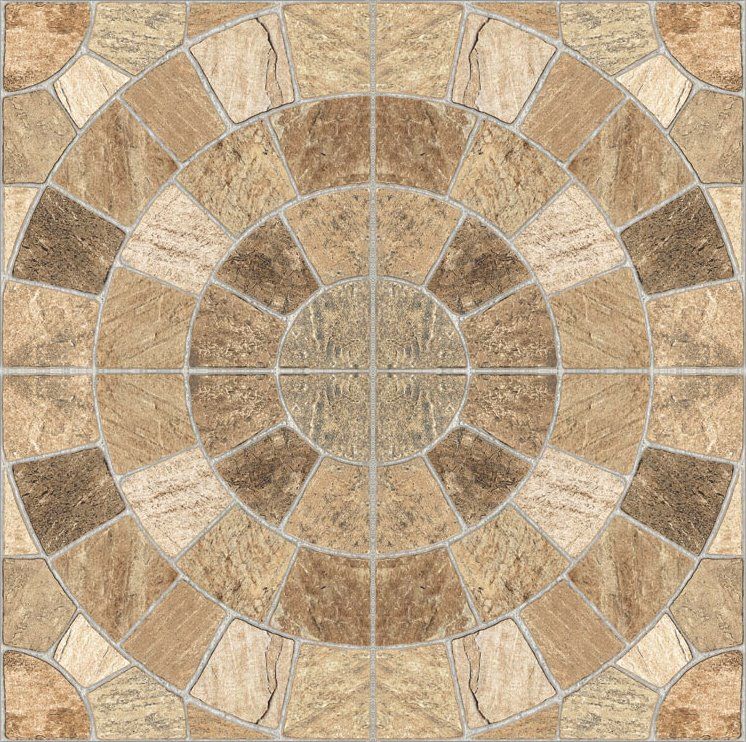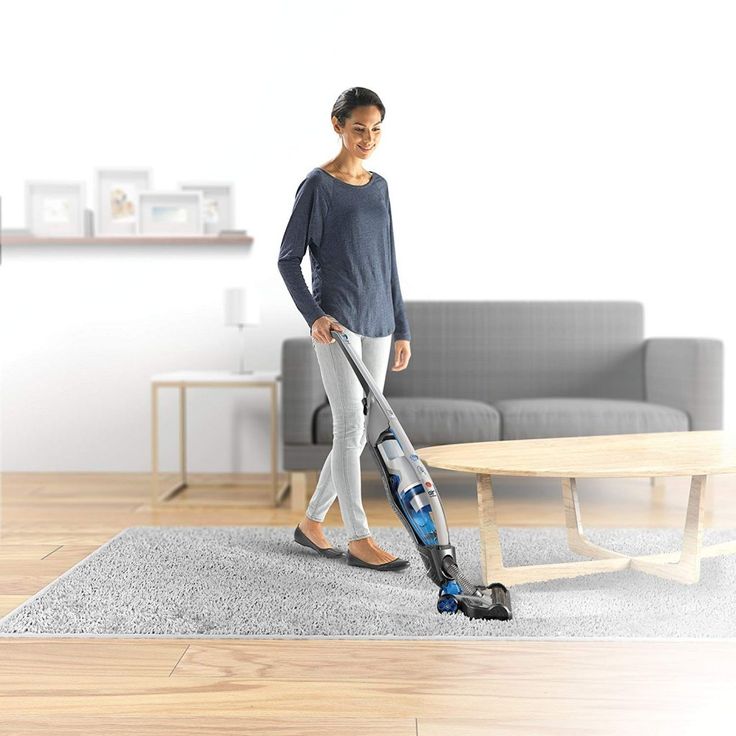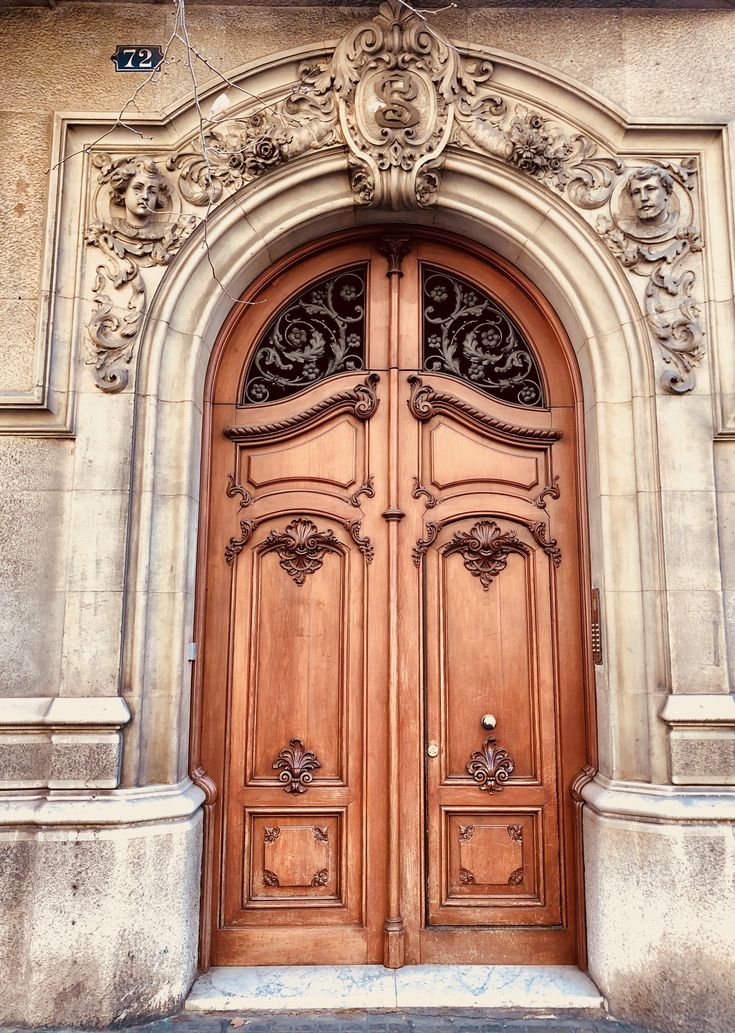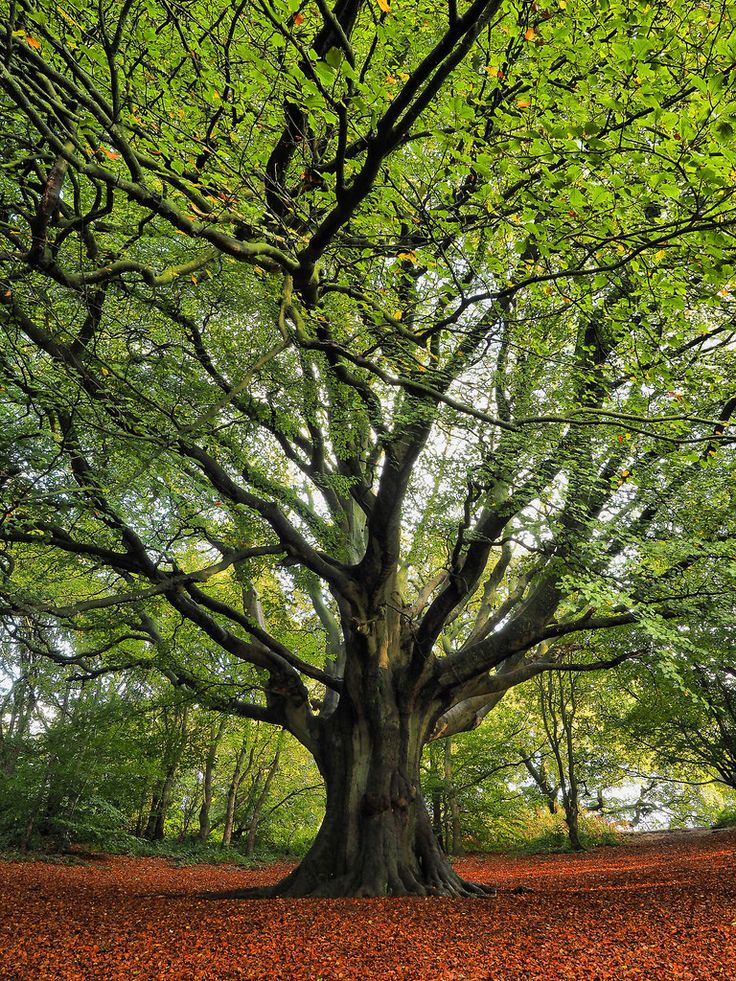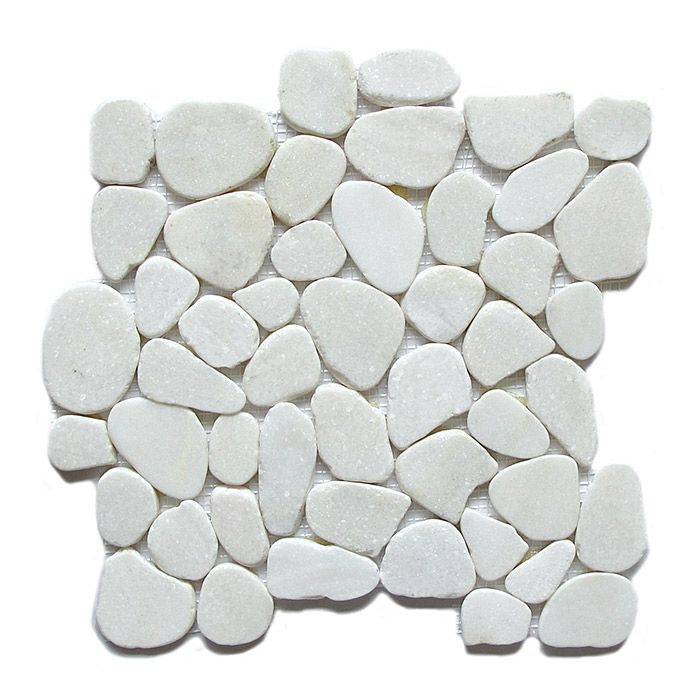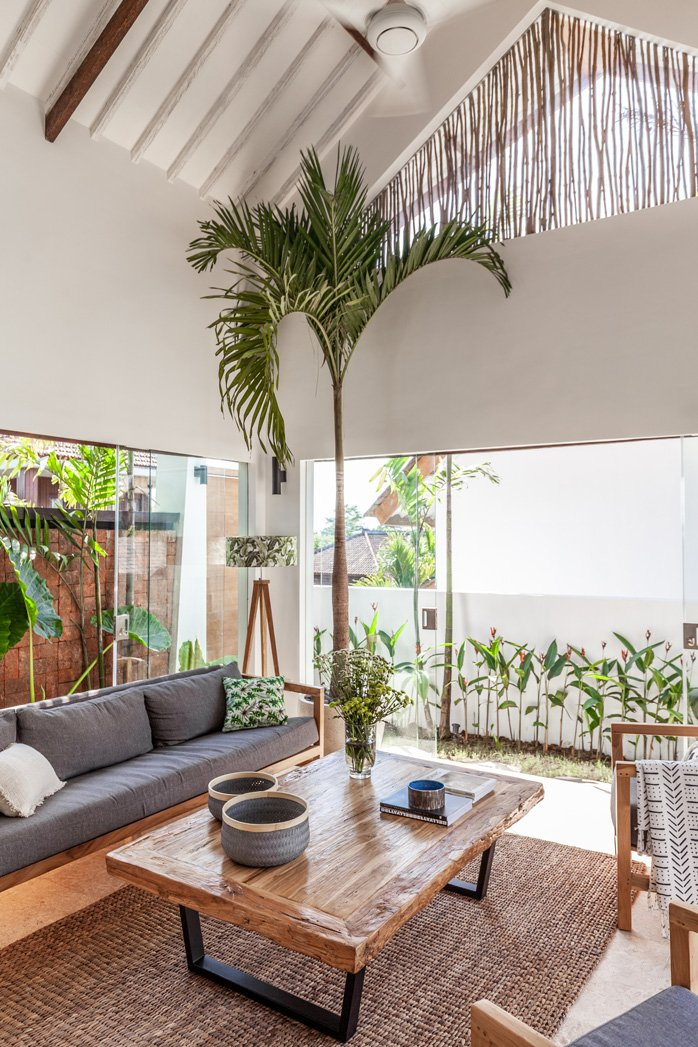Stone floor finish
Interior & Exterior Stone Floors- Different Finish Options
When selecting natural stone for interior or exterior flooring, there are many things to consider. Color options are endless, and sizes as well. Where will it be used? Is it suitable for the kitchen, bath, living, bedroom. How the stone will look, feel and perform under-foot, is integral to the stone’s finish.
Finishes refer to the worked surface area of the stone tile, based on your requirement and stone suitability. Below are the industry standards common today.
Acid-Washed: This finish takes the shine off polished stone and leaves small etching marks (pits in the surface). It gives the stone a rustic or antique appearance and shows fewer scratches. Most stones can be acid-washed, most commonly used with marble and limestone
Brushed Finish: is a worn-down look achieved by applying heavy-duty plastic or metal brushes to the stone. Creates a shine from the natural reflection of the stone crystals. Best suited for; granite, marble, limestone, and requires maintenance to keep the finish.
Flamed finish: achieved by heating the surface to extreme temperatures, followed by rapid cooling. The surface pops and chips,leaving a rough unrefined texture. Usually done with granite. Ideal for slip resistance concerns like shower areas.
Honed Finish: produces a flat, matte, or satin finish by stopping short of the last stage of polishing. A more informal look, shows few scratches, require less maintenance. Preferred stones are marble, limestone, travertine and slate.
Polished Surface: A beautiful mirror-like finish achieved from polishing until the stone’s crystals shine brilliantly.It is the result of using progressively finer polishing heads during the polishing process. Granite, marble, limestone are typically used and requires maintenance to preserve the shine
Saw-cut, refined: a matte finish,where the stone is processed to remove heavy saw marks, but not enough to be honed.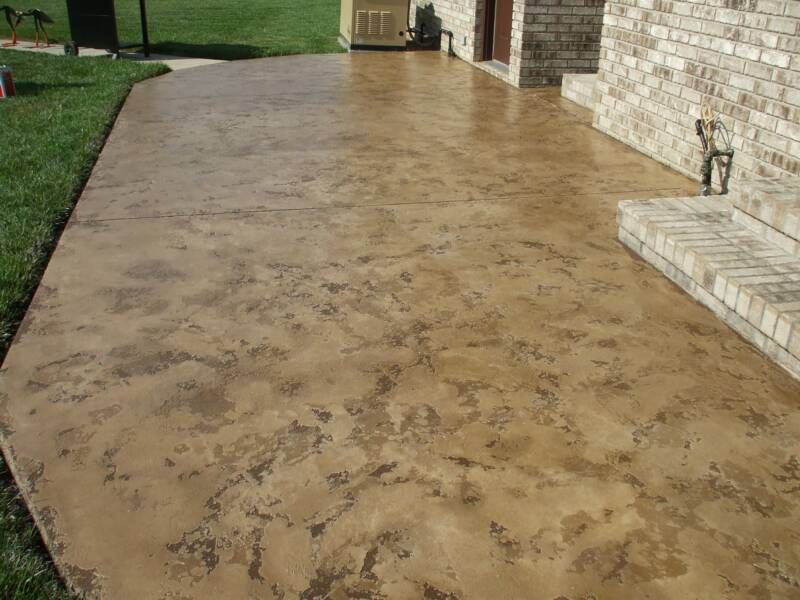 Granite, marble, limestone.
Granite, marble, limestone.
Split faced: a rough texture, not as abrasive as flamed. Achieved by hand cutting and chiseling at the quarry which exposes the natural cleft of the stone. Primarily done on slate.
Tumbled: smooth or slightly pitted surface, broken rounded edges and corners. Achieved by putting stones together in a machine and tumbling. Best suited to marble and limestone.
Stone flooring finishes also include the outer edge of each tile.There are two basic choices; straight edge or bull-nosed. The curved degree of the bull-nose can vary depending on your needs. There is also a chiseled edge which is a process that creates a weathered or antique look along the outer edges.
There is plenty to consider before a final stone floor decision can be made. But since quality stone tiles will last the lifetime of any house, its an investment that is well worth it.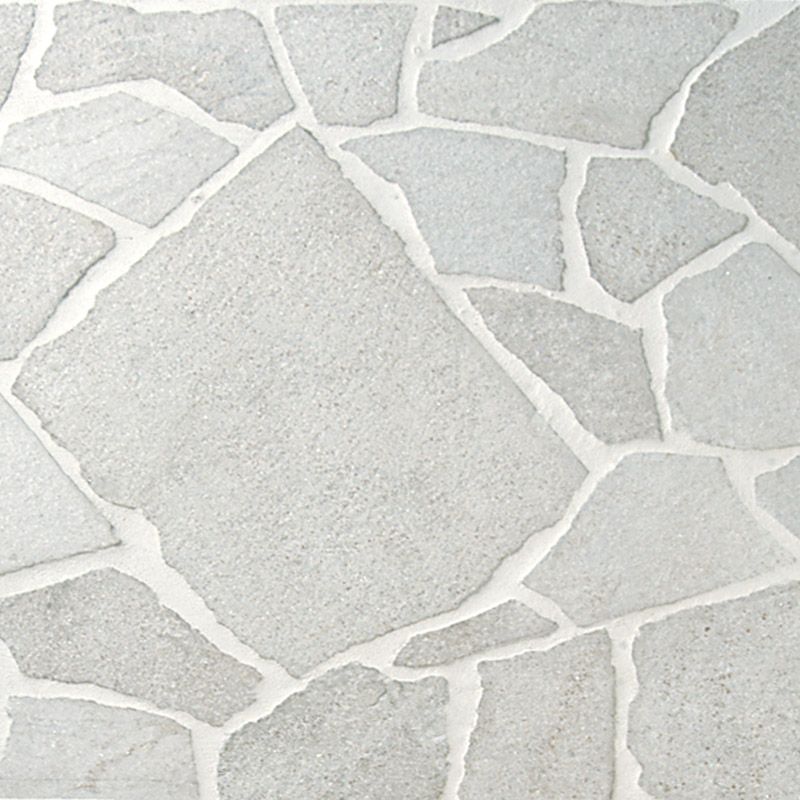 Contact your nearest designer, flooring store or Monarch Stone International for help in finding the stone that is right for your project.
Contact your nearest designer, flooring store or Monarch Stone International for help in finding the stone that is right for your project.
A Guide to Stone Tile Types and Finishes
Thinking of adding stone tile flooring to your new home or remodeling project? It’s important to first consider where you will be using stone tile and what type of finish and characteristics you are looking for. The focus of this article is to give you a better understanding of the common types of stone and finishes and their characteristics. We will also talk about stone sealers and enhancers.
Stone Types
The main types of stone we carry for tile include Travertine, Granite, Marble, Onyx, Quartzite, Sandstone, and Limestone.
Granite
Granite is formed by intense heat and pressure giving it a very hard, non-porous surface and is not damaged by common household kitchen acids such as citrus juice, vinegar, and sodas. It is known for a crystalline appearance which may be fused with quartz, feldspar, and mica.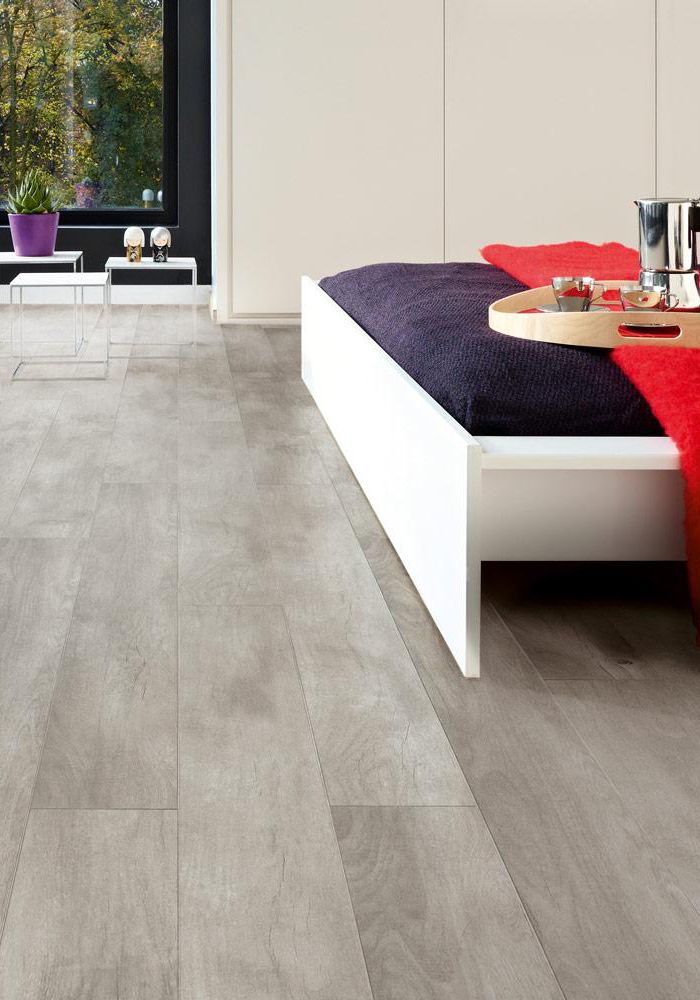 Granite is an ideal stone for countertop and flooring application. Granite also resists most scratches and shows no damage from heat such as placing hot pots and pans on it. However, it can still be stained by oils like olive and vegetable oil. You can also get more information about granite fountains.
Granite is an ideal stone for countertop and flooring application. Granite also resists most scratches and shows no damage from heat such as placing hot pots and pans on it. However, it can still be stained by oils like olive and vegetable oil. You can also get more information about granite fountains.
Marble
Marble is formed from limestone or dolomite that have been formed by great heat and pressure over time into a crystalline structure. Marble is known for its beautiful colors, bands, streaks, and clouds. Marble is a great stone for bathrooms, backsplashes, and lower traffic areas. Marble is a softer and more porous stone, so it can be susceptible to staining and etching by acidic liquids.
Onyx
Onyx is a form of quartz crystals fused together in nature to form solid stone and is most often found in caves. The semi-translucent nature of onyx and the vivid colored banding and crystalline nature of it make it a prized stone well suited for accenting other types of tile in flooring. Onyx is a softer more porous stone and can be susceptible to staining.
Onyx is a softer more porous stone and can be susceptible to staining.
Travertine
Travertine is a rock typically formed by hot springs which dissolve the underlying limestone that eventually hardens into stone again and as a result has many small air pockets and pits in its surface. This gives the stone a unique, rustic old world appearance that has been treasured as a building stone as far back as the Romans. Travertine is a popular choice for foyer and bathroom flooring, walls, and bathroom vanities. Travertine is a porous stone and can be more susceptible to staining then Granite or Marbles and should be protected with a sealer.
Limestone
Limestone is a sedimentary stone formed by build up of calcium and organic matter which hardened over time. Many limestones exhibit different colors and impurities such as clay, sand, organic materials, and even fossils trapped within them. Limestone tile is popular for bathrooms, living rooms, and foyers and like marble is susceptible to staining and should be avoided in kitchens.
Sandstone
Like Limestone, Sandstone is a sedimentary rock formed by the buildup of sand, clay, and other organic materials and has a variety of earthtone shades which can exhibit fantastic bands of color; some of which even resemble woodgrains. Sandstone is a characteristically hard textured stone great for outdoor surfaces but can be worn down by sand and other abrasives.
Quartzite
Quartzite is a combination of sandstone and quartz crystals formed together by intense heat and pressure. Quartzite has a grained texture and can contain bands of quartz crystals. Its natural texture which is similar to sandstone when given a natural cleft finish makes it an idea stone for outdoor flooring or other areas with water exposure.
Slate
Slate is a sedimentary stone composed of shale and quartz which naturally forms into thin horizontal layers. By expertly striking the rock to break it and separate the layers, quarries can create generally smooth and uniquely textured tiles from the stone. The rustic natural look of the stone makes it a favorite for outdoor tile and paver applications, and the textured surface also makes it will suited for areas such as pool decks, kitchens, or entryways where water may create a slip hazard.
The rustic natural look of the stone makes it a favorite for outdoor tile and paver applications, and the textured surface also makes it will suited for areas such as pool decks, kitchens, or entryways where water may create a slip hazard.
Stone Tile Surface Finishes
Let’s take a look at the most common stone finish types that are available on the market.
Honed
A Honed stone tile has an evenly cut, uniform thickness, similar to that of a planed piece of wood and has a smooth finish which should be free from any cutting or sanding marks. A honed stone tile will typically not have any evidence of a gloss finish. Instead it will be naturally matte or flat finish. Honed stone tiles will typically have uniform, straight cut or beveled edges and can be installed with tight grout joints.
Polished Tile
Perhaps more then any other finish, we associate stone tile flooring with having a gloss polished finish. Polishing brings out the best of the color and depth of the veining or crystalline appearance of the stone tile, but can still be susceptible to staining or etching depending on the type of stone. Not all stone tile is dense or hard enough to achieve a good polished finish. Granites and Marbles are most commonly polished over other stones such as Travertine or Limestone. Its important to consider where you are placing polished tile in your home, and how much foot traffic it may get. Polished stone tile can have a slippery surface that may pose a greater risk for slip and fall accidents in your home.
Not all stone tile is dense or hard enough to achieve a good polished finish. Granites and Marbles are most commonly polished over other stones such as Travertine or Limestone. Its important to consider where you are placing polished tile in your home, and how much foot traffic it may get. Polished stone tile can have a slippery surface that may pose a greater risk for slip and fall accidents in your home.
LEFT: Polished Opal Brown Marble RIGHT: Honed Opal Brown Marble
The picture above shows two samples of Opal Brown Marble side by side. The tile on the left has been polished, while the tile on the right is honed. Notice how much more vibrant the polished tile is, especially how the white and lighter tan mineral deposits come to life compared to the honed sample.
Honed and Unfilled
Honed and Unfilled Tuscany Classic Travertine tile sample
This type of tile finish pertains mostly to Travertine Tile.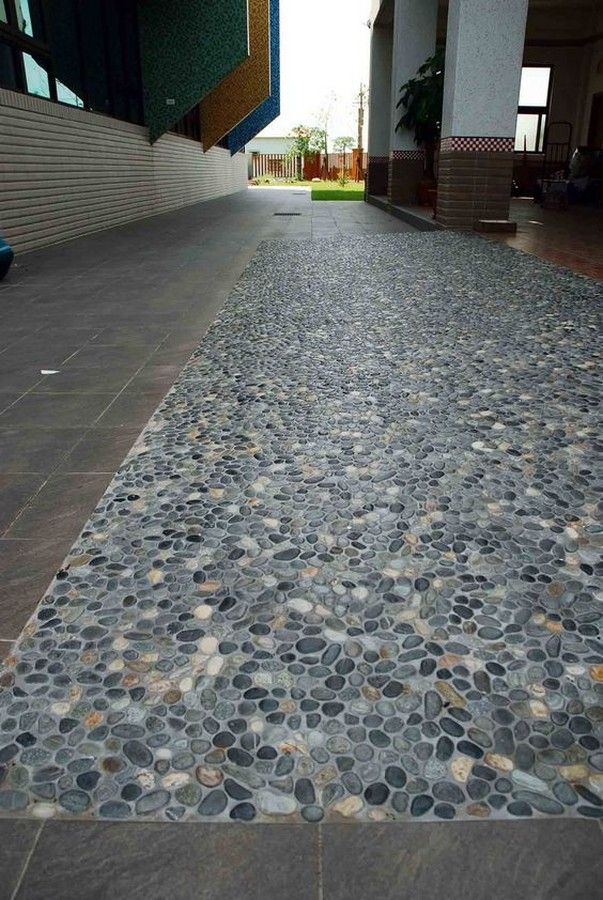 Travertine is a naturally porous type of limestone that is formed by the heat and pressure of natural hot springs. This gives the stone a unique porous texture that can have several air pockets within the stone. Honed and unfilled stone tile is basically a Travertine tile cut to a uniform thickness with an evenly cut top, but it is often covered in small pits and air pockets. Unfilled travertine has a beautiful look, but can be more of a chore to clean as water, dirt, and other debris can be caught in the pitted surface of the stone.
Travertine is a naturally porous type of limestone that is formed by the heat and pressure of natural hot springs. This gives the stone a unique porous texture that can have several air pockets within the stone. Honed and unfilled stone tile is basically a Travertine tile cut to a uniform thickness with an evenly cut top, but it is often covered in small pits and air pockets. Unfilled travertine has a beautiful look, but can be more of a chore to clean as water, dirt, and other debris can be caught in the pitted surface of the stone.
Honed and Filled
LEFT: Honed and Filled Tuscany Classic Travertine tile sample. RIGHT: Honed and Filled Tuscany Classic Travertine flooring installed
Honed and filled stone tile is basically a honed tile which has all of the pits and other surface imperfections filled with a grout that is of similar color to the natural stone. This gives the tile a completely smooth surface and makes it easier to clean and maintain then an unfilled tile.
Chipped Tile
LEFT: Chipped and Unfilled Tuscany Classic Travertine RIGHT: Chipped and Unfilled Tuscany Walnut Travertine
As you can guess, this stone tile has a hand chipped edge which gives it a rustic, aged look while the surface face remains smooth. Also note that the sample on the right is a honed and unfilled travertine and you can see the air pockets on the surface as well. Chipped tile will require wide grout application.
Brushed Tile
LEFT: Brushed Rojo Alicante Marble tile sample. RIGHT: Brushed Crema Marfil Marble tile flooring installed
Brushed stone tile is a unique finish that retains the feel of a natural un-machined finish but is actually textured with a specialized wire brush tool. The surface finish is similar to a leather like feel with a smooth but ridged surface. Brushed finishes can be applied to a wide variety of stone including Travertine, Marble, Limestone, and Granite.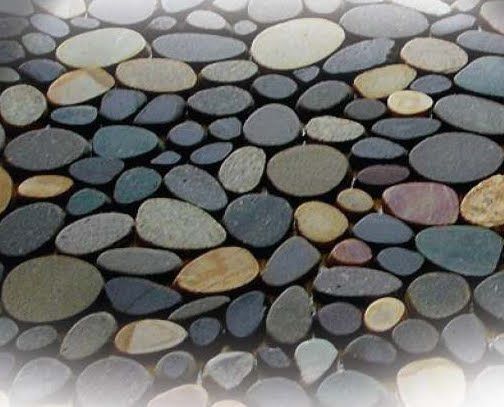
Tumbled Tile
Tumbled Sahara Gold Marble tile sample
As the name implies, tumbled stone tiles are literally tumbled in a drum or other enclosure along with small stones or other abrasives to give the stone a smoothed finish that often has slightly chipped and rounded corners and edges and an almost sandblasted like appearance. Basically, a tumbled stone tile will resemble a weather worn stone. Due to the potential for breakage during the tumbling process its uncommon to find tumbled stone tiles in sizes over 18 x 18 or 12 x 12. Tumbled stone tiles in smaller sizes are popular for mosaics or back splashes. Tumbled stone tile requires a wide grout seam.
Natural Cleft Tile
Natural Cleft is a surface finish created by splitting the stone instead of mechanically cutting it. Stones like Slate, Quartzite, and Sandstone are formed in layers and create unique textured faces when the stone is split. Natural Cleft stone tiles tend to have an uneven textured surface but are still usable for flooring.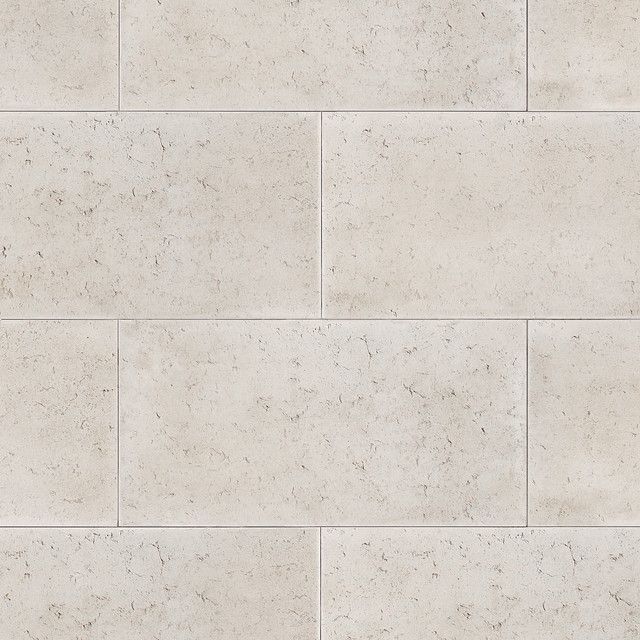 Natural Cleft tile is very slip resistant, making it a great choice for kitchens, bathrooms, outdoor patios and walkways, and around pools.
Natural Cleft tile is very slip resistant, making it a great choice for kitchens, bathrooms, outdoor patios and walkways, and around pools.
Flamed Tile
Flamed Red Maple Leaf Granite tile sample
Flamed stone tile is basically tile that has been heated by a blowtorch to cause a slight melting of the crystals in the stone. This gives the stone tile more texture and allows stone such as granite or sandstones to be used in applications such as bathrooms, kitchens, or pool decks and copings where slip hazards due to water may be a concern. The flaming process does not discolor the stone either.
Stone Sealers and Enhancers
Virtually all stone can benefit from Stone Sealers. The sealer helps protect the stone from spills and abrasion and can some types can even help to improve traction on the surface. Keep in mind that a sealer is NOT an end-all solution to protecting your natural stone flooring and you should still clean up spills immediately and avoid using potentially damaging chemicals even on sealed stone. Sealers will help resist stains but they will not make your flooring impervious to them. Besides protecting your stone finish with a sealer, you can also use an enhancer to bring out the color and gloss of your stone tile. To put it in simple terms, Stone Enhancers soak into the pores of the stone and coats it, giving it a permanent wet look. To see how a stone would look after an enhancer coat, simply wet the stone. Enhancers are especially helpful for bringing back the luster and color of a stone after it has been machined or given a weathering treatment like tumbling or flaming. Rather then just having your take our word for it, we’d like to show you some examples of stone with enhancer applied to it.
Sealers will help resist stains but they will not make your flooring impervious to them. Besides protecting your stone finish with a sealer, you can also use an enhancer to bring out the color and gloss of your stone tile. To put it in simple terms, Stone Enhancers soak into the pores of the stone and coats it, giving it a permanent wet look. To see how a stone would look after an enhancer coat, simply wet the stone. Enhancers are especially helpful for bringing back the luster and color of a stone after it has been machined or given a weathering treatment like tumbling or flaming. Rather then just having your take our word for it, we’d like to show you some examples of stone with enhancer applied to it.
Charcoal Grey Granite with Enhancer Applied
Wild Rose Granite with Enhancer Applied
Sand Castle Granite with Enhancer Applied
Honed Isis Gold Limestone with Enhancer Applied
Honed Empress Green Marble with Enhancer Applied
Honed Vivid Saffron Marble with Enhancer Applied
We carry a variety of Stone Sealers and Stone Enhancers in our online store and we can help you chose the right one for your application.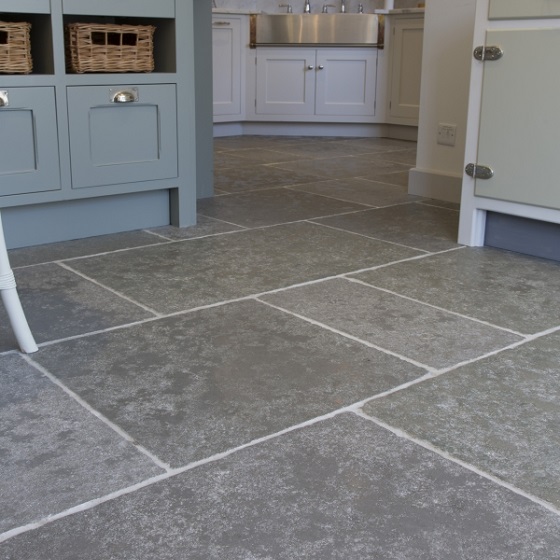 Looking for stone tile for your home? Carved Stone Creations offers a wide variety of stone tile in stock and available in our Kaukauna, WI showroom or through our Online Store. We have over 100,000 square feet of stone tile in stock! Our network of stone tile vendors can help us source nearly any type of stone or finish you desire.
Looking for stone tile for your home? Carved Stone Creations offers a wide variety of stone tile in stock and available in our Kaukauna, WI showroom or through our Online Store. We have over 100,000 square feet of stone tile in stock! Our network of stone tile vendors can help us source nearly any type of stone or finish you desire.
Don’t see the tile you are looking for in our online store? Contact us to see what we can source for you.
Carved Stone Creations is located in Kaukauna, WI and we are a reasonable drive away from many Midwest metro areas including Milwaukee, Madison, Chicago, Indianapolis, Fort Wayne, Minneapolis, St. Paul, Grand Rapids, Ann Arbor, Traverse City, Davenport, Des Moines, St. Louis, Kansas City, Cincinnati, Columbus, etc. Visit our showroom to see first hand what we have in stock.
We also provide natural stone fountains.
Facing (finishing) the floor with stone
Abramova Polina
direction manager
8 800 777 03 51
From time immemorial, natural stone has been used for flooring as one of the most durable and at the same time beautiful materials.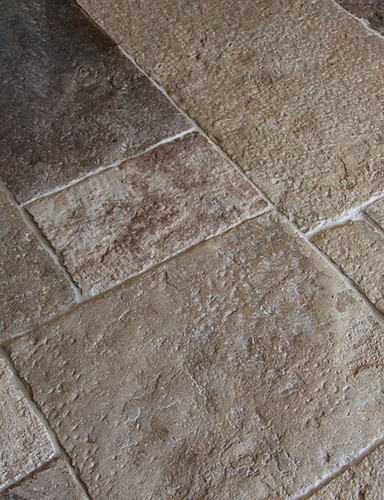 Design options are diverse - it can be a simple stone tile, a checkerboard pattern, a complex ornament or a unique mosaic. It all depends on the chosen style and the budget of the project.
Design options are diverse - it can be a simple stone tile, a checkerboard pattern, a complex ornament or a unique mosaic. It all depends on the chosen style and the budget of the project.
Thanks to modern technologies, it was possible to cope with the main disadvantage of a stone floor - low thermal conductivity. As a rule, the tile is laid on top of the heated structure. In addition, it is extremely important that experienced builders deal with stone flooring, because. stone is far from the cheapest material, and correcting any errors during installation will be very expensive.
SELECTION OF STONES FOR FLOORING
The choice of stone for floors should be based on the conditions of the room. Marble and granite floors have long been the norm, but there are other interesting options for laying the floor.
- for commercial establishments, galleries and stations (high traffic areas) granite and basalt are perfect. Such rocks are characterized by low abrasion and high resistance to pollution and acids.
 This is very important, because during the winter, due to dirt, sand and salt, significant damage to the surface of the stone can be caused;
This is very important, because during the winter, due to dirt, sand and salt, significant damage to the surface of the stone can be caused; - among the "domestic" rocks, the greatest demand is typical for marble, marble onyx, travertine and limestone. They are not as hard-wearing and impact-resistant, however, when used at home, they will last a very long time. We advise you not to use marble for finishing the hallway and rooms where perfect cleanliness is not always maintained;
- slate stands out for texture. With it, you can create interesting and unusual interiors. But it has a layered structure and it is for this reason that during the first year of use the floors are subject to “peeling”. In addition, this option can noticeably suffer from sharp heels and stilettos;
- quartzite, in fact, has the strength of granite and the beauty of marble, but it has one significant drawback - the cost is 2-3 times higher than most granites and marbles. It is not easy to saw, grind and polish.
 In this regard, non-edged slabs with a slightly uneven surface are often used.
In this regard, non-edged slabs with a slightly uneven surface are often used.
FEATURES OF FINISHES AND FINISHES
Ideally, the beauty of the floor is combined with its safety. Due to the high humidity, stone floors are slippery, and this is fraught with injury. The texture should definitely be remembered when lining a bathroom or pool.
Tiles of the following sizes are commonly used: 305*305, 600*300, 600*600 and others. In addition, you can create a unique tile that resembles honeycombs or diamonds. The premium segment prefers mosaic marble floors or creating an interesting panel. The architect, together with the customer, develops a suitable drawing. We, in turn, embody ideas with the help of professional designers, as well as use precise cutting machines with program control.
Recently, the "butterfly" has been especially popular. In this option, several solid stone slabs (2 or 4) from one stone block are laid out next to each other. It turns out a unique pattern from the reflected veins of the stone.
It turns out a unique pattern from the reflected veins of the stone.
INSTALLATION OF THE STONE FLOOR
Before the installation of the stone floor, all engineering communications must be installed: heating and water supply pipes, wires, underfloor heating. You should also carry out waterproofing, install a reinforcing mesh and perform a finishing screed. It should be noted that the thickness of the future coating and the adhesive layer affects the screed. Usually it is 5-10 mm, if the thickness of the stone is 20 mm. A number of requirements are imposed on it - the screed must be dry, clean and made in a perfectly even layer.
We work with trusted manufacturers who specialize in stone chemicals.
There are 2 most popular tiling methods:
- Tiling with minimal overlap. It is important that the surface of the tile is even. At the joints should not remain noticeable traces of the solution. Until the repair is completed, the floor should be closed, and the joints sealed with construction tape.
 Then it is necessary to carry out a complex repolishing in order to update the texture and achieve the highest possible smoothness of the floor.
Then it is necessary to carry out a complex repolishing in order to update the texture and achieve the highest possible smoothness of the floor. - In the second case, a chamfer is applied along the entire perimeter of the tile. As a rule, the chamfer is barely noticeable, but there are different options - depending on the planned relief of the floor. With this finish, the mortar filling the space between the tiles is clearly visible. But in this case it looks quite interesting and neat.
STONE FLOOR CARE
A stone floor can serve you for centuries, but its safety depends on three factors:
- the right choice of stone and its texture;
- compliance with floor laying standards;
- further implementation of simple rules for the care of the stone. From time to time, treat it with a water repellent - a substance that creates a barrier against moisture, dirt and dust.
You can learn more about the rules for the operation of the stone floor from the article "Care of the stone floor".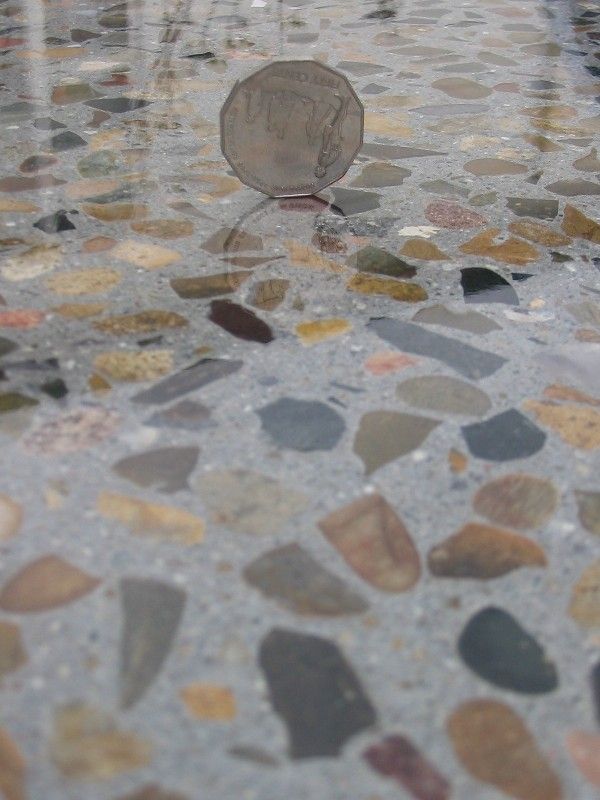
15 tips for decorating the floor with artificial and natural stone
Karina_Vailo | 09/03/2018 | Updated | Floor finishing, Finishing materials | 7 464 views | No comments
Contents of the article
What could be stronger than a stone floor? That's right - only correctly laid stone floor . After all, it was not for nothing that even in ancient times the floors in the most luxurious palaces were lined with stone. He testified to the well-being and solvency of the owner, inspired confidence and calmness. Therefore, such a design of various premises in our time is also a very subtle psychological technique aimed at instilling a sense of stability and constancy.
If natural stone is indeed a luxury that not everyone can afford, then its artificial counterpart is much cheaper and looks just as good. We deal with the main secrets of floor design with natural stone and its artificial counterpart, we study which breeds are more preferable and why.
1. Stone floor: advantages and disadvantages
Those who are seriously thinking about laying a stone floor in their apartment or private house must have a certain amount of knowledge and skills in order to achieve a truly amazing result. Natural stone belongs to expensive materials. But in this case, it is safe to say that you are not just spending your money, but making a significant contribution to the modernization of your home. Undoubtedly, natural stone is an inimitable material. Its shades, texture, interesting highlights and unique patterns were created by nature itself. That is why the stone is so highly valued by designers. In addition to stunning aesthetic qualities, natural stone has a host of other benefits:
- This is one of the strongest and most durable materials. It can be said that stone floors are truly eternal;
- Maintainability of the surface also contributes to a long service life.
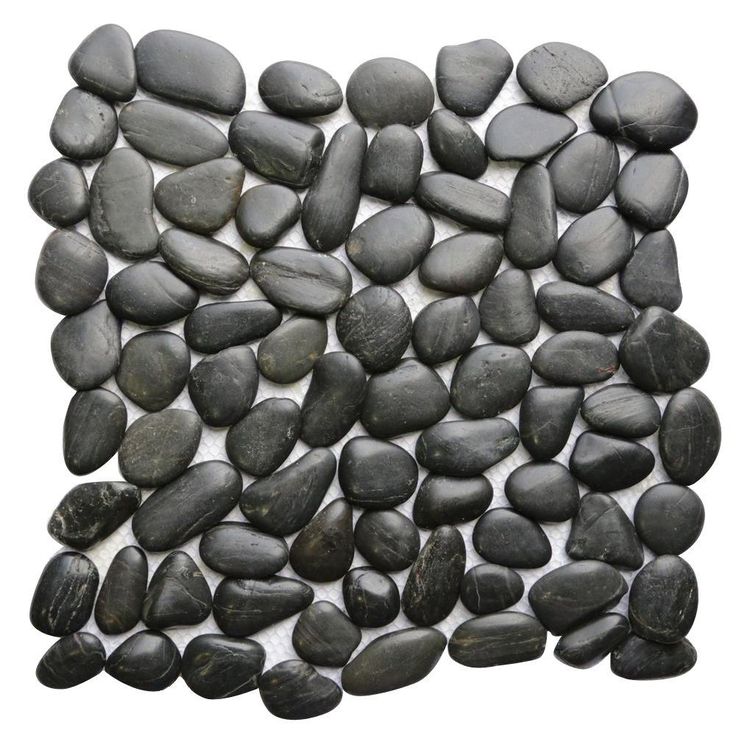 In the event of chips or scratches, it is possible to return the floors to their original appearance quite quickly by ordinary grinding or polishing. Of course, this does not mean that you can do it yourself. But the services of specialists will cost much less than a complete replacement of the coating;
In the event of chips or scratches, it is possible to return the floors to their original appearance quite quickly by ordinary grinding or polishing. Of course, this does not mean that you can do it yourself. But the services of specialists will cost much less than a complete replacement of the coating; - The stone is in perfect harmony with any other finishing materials;
- At the same time, a room with stone floors will always have a special atmosphere, and the interior can no longer be called boring or uninteresting;
- You get a truly unique shade and pattern;
- Minimum care requirements;
- Resistance to formation and reproduction of microorganisms;
- Most breeds are resistant to moisture and chemicals.
Now consider the disadvantages of natural stone floors:
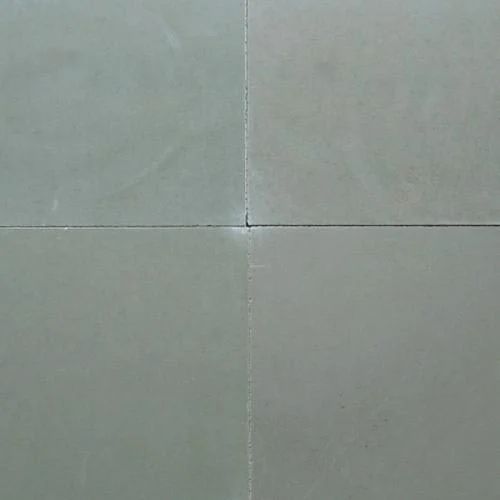 Much more attention should be paid to the lining of the floors of the upper floors, and those who want to equip stone floors in an apartment of an ordinary high-rise building should think several times, but it is better to seek advice from professional builders or a house architect. He should indicate to you the allowable load on the floor slabs. Also, similar information can be found in the construction GOSTs of the relevant years;
Much more attention should be paid to the lining of the floors of the upper floors, and those who want to equip stone floors in an apartment of an ordinary high-rise building should think several times, but it is better to seek advice from professional builders or a house architect. He should indicate to you the allowable load on the floor slabs. Also, similar information can be found in the construction GOSTs of the relevant years; Quite a few different types of wood are used for laying the floor. Let's look at each of the possible in more detail and highlight its disadvantages and advantages.
2.
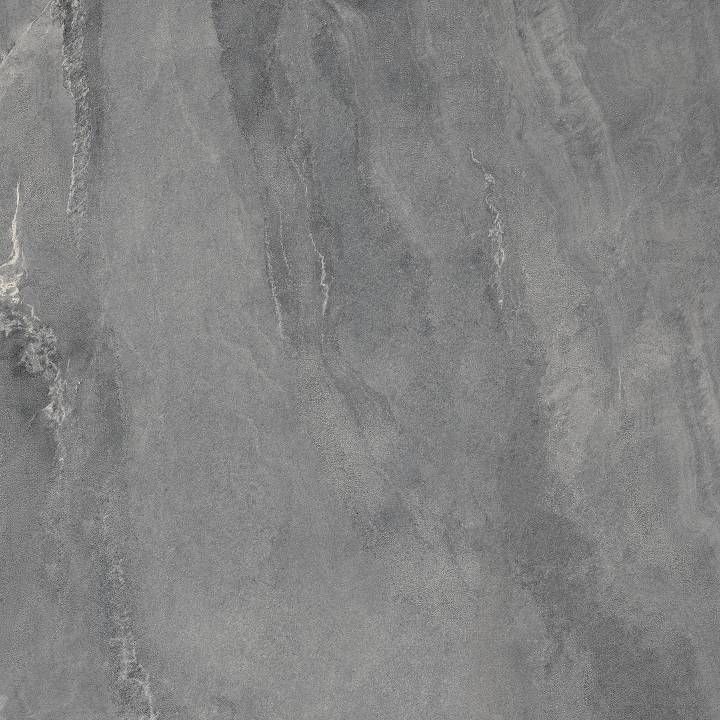 Granite floor
Granite floor Granite is one of the most durable and wear-resistant rocks. The variety of color palette is simply impressive. You can find unique shades of gray, black, yellow, green, red or inimitable lilac-pink overflows. Thanks to this, granite is a stone that makes it possible to experiment with design and create more and more new interiors. It is noteworthy that granite with spotted colors is most often used for flooring.
Granite is best suited for installation in areas with high humidity. Main advantages of granite floors:
- The highest degree of wear resistance;
- The ability to obtain not only a rough, but also a polished stone surface;
- Compared to other rocks, granite has a low cost;
- Due to its high strength, it is possible to produce large-sized granite plates, which greatly expands the scope and the limits of imagination;
- Granite is not susceptible even to prolonged exposure to water.

disadvantages of can only be attributed to an increased level of surface slip.
3. Marble floor
The beauty and radiance of marble was appreciated by the ancient architects of antiquity. The most outstanding buildings of that time were lined from head to toe with this luxurious stone. Marble really differs from many other stones in its noble and refined appearance. Subtle veins of natural, rich shades are so chic and unobtrusive at the same time that they still make marble immensely popular. You can find a variety of shades - gray, white, yellow, brown, beige, pink, green, burgundy.
The advantages of of this multifaceted breed are as follows:
- High strength and wear resistance;
- Climate resilience;
- Good machinability;
- Antistatic.
Among the flaws are:
- Increased porosity of the marble structure.
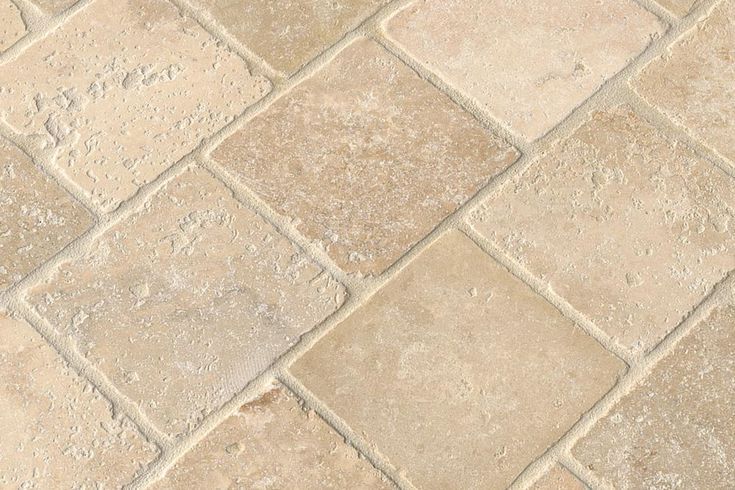 Because of this, marble is not a very suitable material for finishing floors in the bathroom;
Because of this, marble is not a very suitable material for finishing floors in the bathroom; - High absorbency. A colored liquid accidentally spilled on a marble surface will certainly leave a mark that will be difficult to remove;
- Marble mostly consists of calcite and a small amount of various minerals and metallic inclusions. It is they who form a unique pattern and color. However, with prolonged contact with moisture, metal particles may begin to corrode. In this case, the marble surface may become faded and fade forever;
- This breed needs careful and frequent grooming.
4. Travertine as a facing material
"Travertine" - sounds nice, but, in fact, this mineral is limestone tuff. This breed is distinguished by the presence of beautiful recognizable wreaths with small holes on the surface. The color range is very soft and harmonious - from pale beige to brown. Such shades allow you to create a favorable cozy atmosphere in the room. And the layered structure makes it remotely similar to a real tree.
And the layered structure makes it remotely similar to a real tree.
In addition, travertine has the following advantages:
- It has a low density, but at the same time increased hardness, comparable to the degree of hardness of marble or onyx;
- Resistance to mechanical damage;
- Frost resistance;
- Low thermal conductivity;
- Due to the simple method of extraction and the fact that travertine is actually calcium carbonate, that is, an intermediate rock between limestone and marble, its price is almost 4 times less than the cost of marble.
The main disadvantage of is the presence of pores and small holes on the surface. This contributes to the rapid accumulation of contaminants. Getting them out can be quite difficult. Therefore, when choosing travertine as a flooring, ask if are sealed with or pores with special glue. Sometimes various impregnations are used as a protective coating.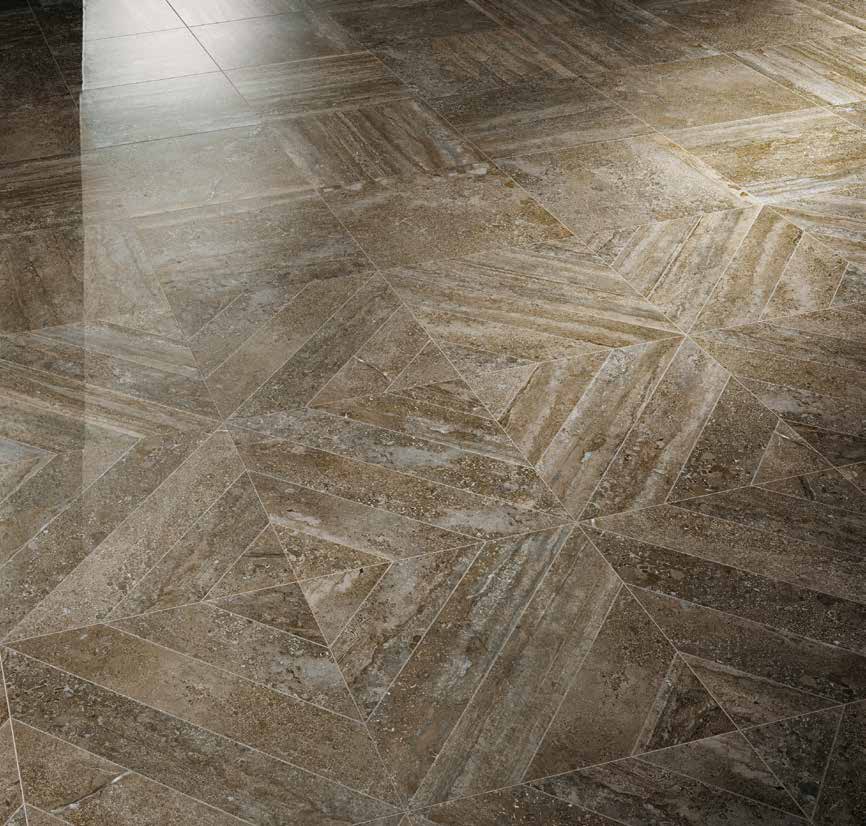
5. Slate floor
Slate is a fine-grained, layered natural rock. Its surface is rough, textured, with slight irregularities. In addition, slate has with an unusual pattern, which is specially developed with special liquids before being used as a floor covering. This allows you to create an original look of the surface. The color scheme of can be either discreet beige or brown shades, or more saturated and varied. Slate can be used for both interior and exterior decoration.
Advantages of slate:
- Affordable cost;
- Hygienic and bactericidal properties;
- Non-slip surface;
- High compatibility with other natural finishing materials, especially with wood;
- High level of wear and fire resistance;
- UV and temperature resistant;
- Frost resistance and durability;
- High level of heat and sound insulation;
- Low moisture absorption;
- Stain and stain resistant.

The disadvantages of slate are its natural coldness and the possibility of scratches due to the layered structure.
6. Sandstone as facing material
Sandstone is a very hard sedimentary rock. We can say that this is something between granite and limestone. Most often, sandstone is used for decoration in rooms where the style of the old era is maintained. His color palette included all the variety of each of the colors of the rainbow. Shades of white and black are no exception.
Benefits of sandstone:
- Does not absorb moisture;
- Virtually indelible;
- Relatively light weight;
- Affordable price;
- Temperature resistant;
- Easier to work and install than other breeds;
- High aesthetic qualities;
- Durability and high strength;
The disadvantages of include the difficulty in caring for a sandstone floor due to its rough surface, as well as low cushioning qualities.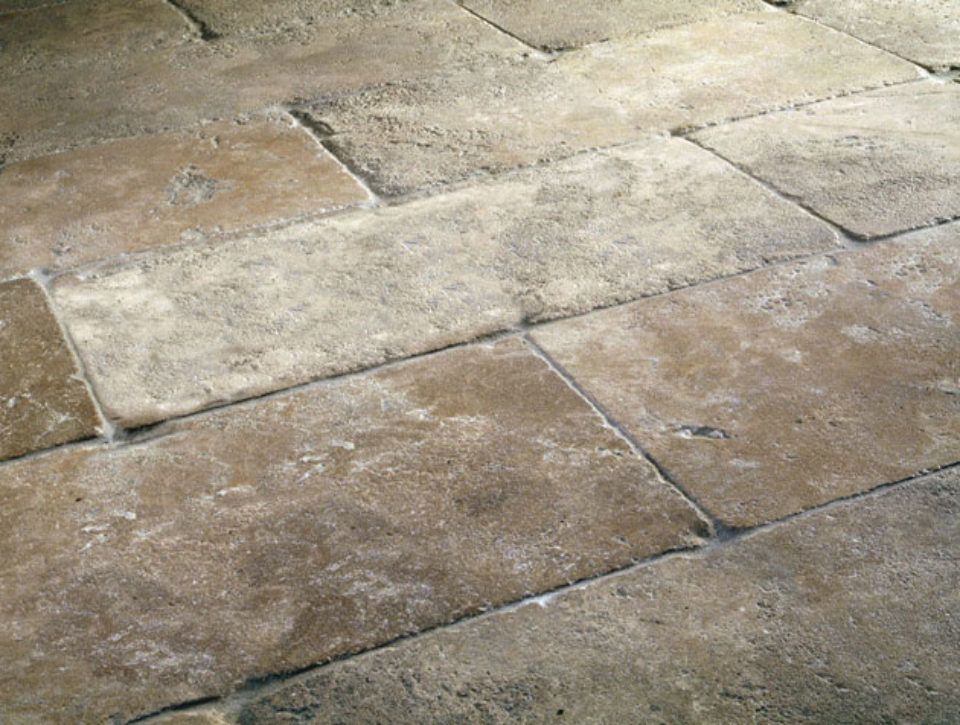
7. Natural pebble floors
Natural pebbles, sourced from the coast, are the favorite material of many bathroom designers. Thanks to natural processing, the stones have pleasant rounded shapes and smoothed corners. The color palette of natural pebbles is very diverse. It is dominated by natural, calm shades.
benefits of pebbles include:
- Massage effect on the feet;
- Possibility to lay out whole art canvases;
- Durability;
- No special care required;
- Easy installation;
- Natural and effective flooring.
disadvantages of include the duration of the laying process, which requires perseverance and painstaking work.
8. Expensive and unique floor stones
In addition to these "simple" stones, designers sometimes use more exclusive and expensive types of stones. Such a finish can rightfully be called “golden”, but the appearance will also be up to par.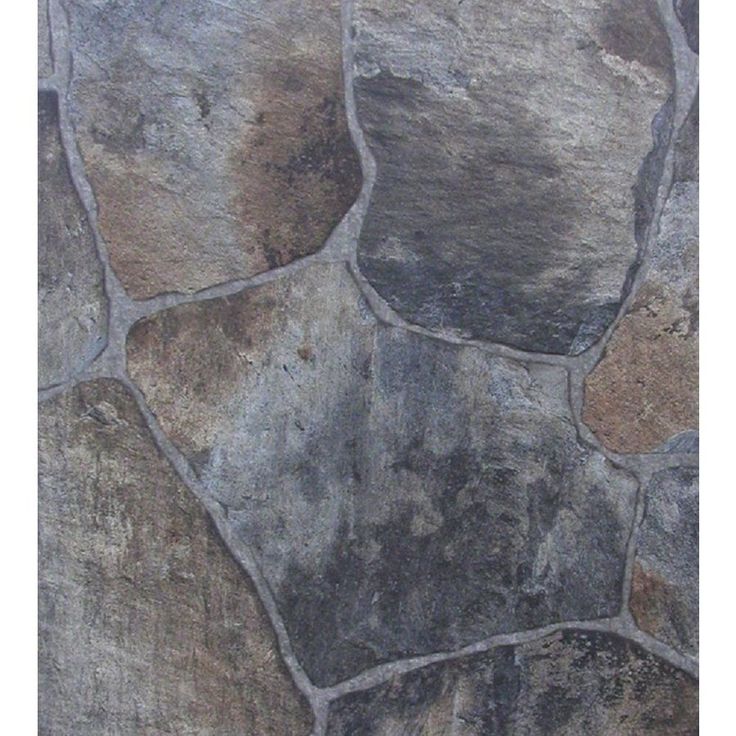 Frequently used:
Frequently used:
- Onyx is a translucent stone of stunning beauty with subtle colored veins. It is soft and delicate material. Scratches quickly appear on its surface. Therefore, it is used either as decorative inserts or for finishing the area where they walk barefoot or in socks. Thanks to its warm hues, it blends beautifully with wood finishes and makes the room look sophisticated without being cold.
- Jadeite is a unique gray-green stone with rich emerald inclusions and a pronounced texture. Sometimes there are instances of yellow, brown, dark gray or red. Due to its high resistance to moisture, it is often used for finishing bathrooms, baths, saunas. However, jadeite looks great in other rooms;
- Coil is a more wear resistant and harder material. A bit like jadeite in color, only with a more saturated green component. The material is resistant to temperature changes, but does not tolerate moisture.
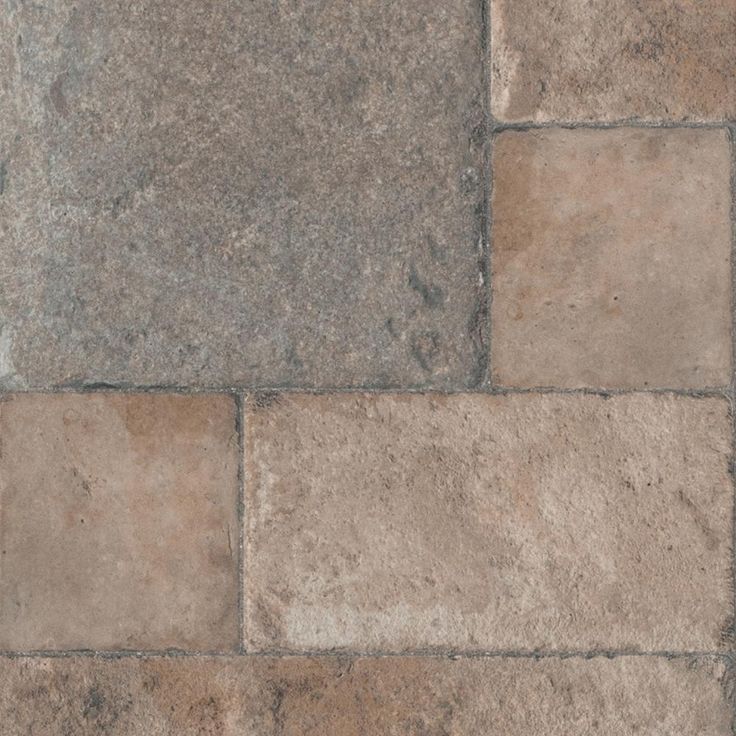 It has high decorative and aesthetic properties. Fits well into any interiors.
It has high decorative and aesthetic properties. Fits well into any interiors.
9. What is a "stone carpet"?
Agree, the name is intriguing, but everything is much simpler. Stone carpet is a mix of various mineral particles . Most often, composition of is as follows - quartz sand, sea pebbles, marble or large marble chips, some semi-precious stones and a transparent polymer. Most of the surface is occupied by sand, which perfectly fills the gaps between larger fractions and hardens the surface. The finished coating not only looks amazing and unique, but also has increased wear resistance, hardness and strength. Due to the presence of a polymer as a binder, after its complete hardening, such a floor is absolutely not afraid of moisture.
In addition:
- Stone carpet resistant to chemicals and oils;
- Anti-slip;
- Absolutely safe for health;
- Easy to clean due to no seams and absolutely smooth surface;
- Does not lose its properties even in the temperature range from -30 to +70°C;
- The installation process is very simple and does not take much time;
- Wide choice of colors.
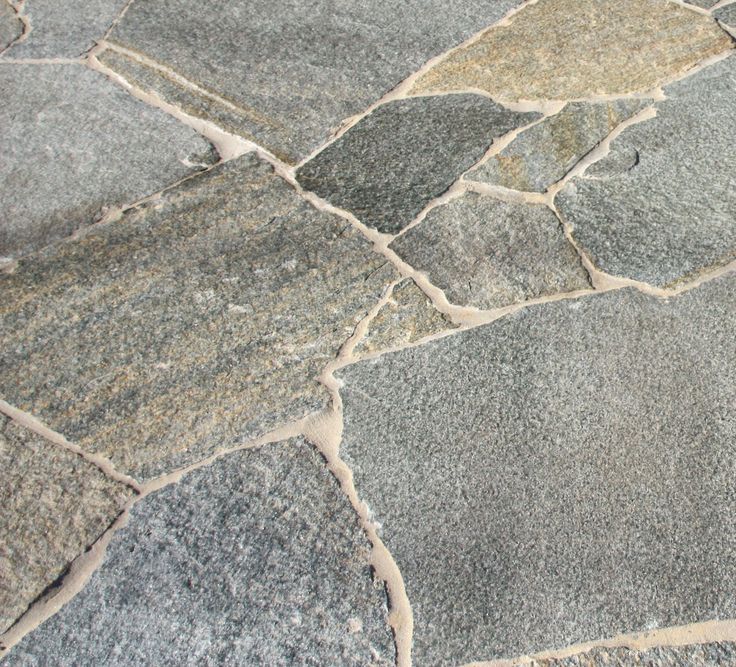
disadvantages of include:
- High cost;
- Rough handling may cause scratches, cracks and permanent stains.
10. Texture of stone
Not only the color scheme, but also the texture of the material plays an important role in creating the design of a particular room. If we consider the example of natural stone, then you should know that not only its aesthetic, but also practical properties depend on the surface treatment method . After a certain processing, the following types of textures can be obtained:
- Polished - is the most expressive and saturated in terms of color. On a smooth surface, not only a unique shade, but also a pattern is most clearly visible. After appropriate processing, objects are reflected from the surface, as if from a mirror. Increased smoothness and reflective properties allow you to visually increase the area of \u200b\u200bthe room.
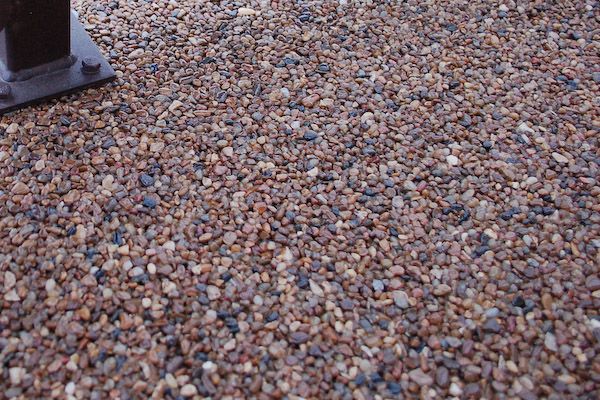 This is due to the fact that the floor instantly reflects any light, whether it be sunlight or light from appliances. During polishing, the pores on the surface are closed, after which it becomes less sensitive to moisture. Essential disadvantage of polished floor will be its increased slip. Especially if you spill water on it. Therefore, for wet rooms, this is not only not the best, but also a traumatic coating option. Sometimes they produce tiles with anti-slip strips. But they don't look the same anymore;
This is due to the fact that the floor instantly reflects any light, whether it be sunlight or light from appliances. During polishing, the pores on the surface are closed, after which it becomes less sensitive to moisture. Essential disadvantage of polished floor will be its increased slip. Especially if you spill water on it. Therefore, for wet rooms, this is not only not the best, but also a traumatic coating option. Sometimes they produce tiles with anti-slip strips. But they don't look the same anymore; - Matte - the surface is pleasant, smooth to the touch. The natural stone pattern is clearly visible on it. Processing takes place with a gentle method, which allows you to preserve the decorative qualities of the breed as much as possible. But at the same time, the floors will be less slippery when wet. Matte texture is often used for finishing floors in the bathroom;
- Sanded - has surface irregularities, the differences of which are in the range of up to 0.
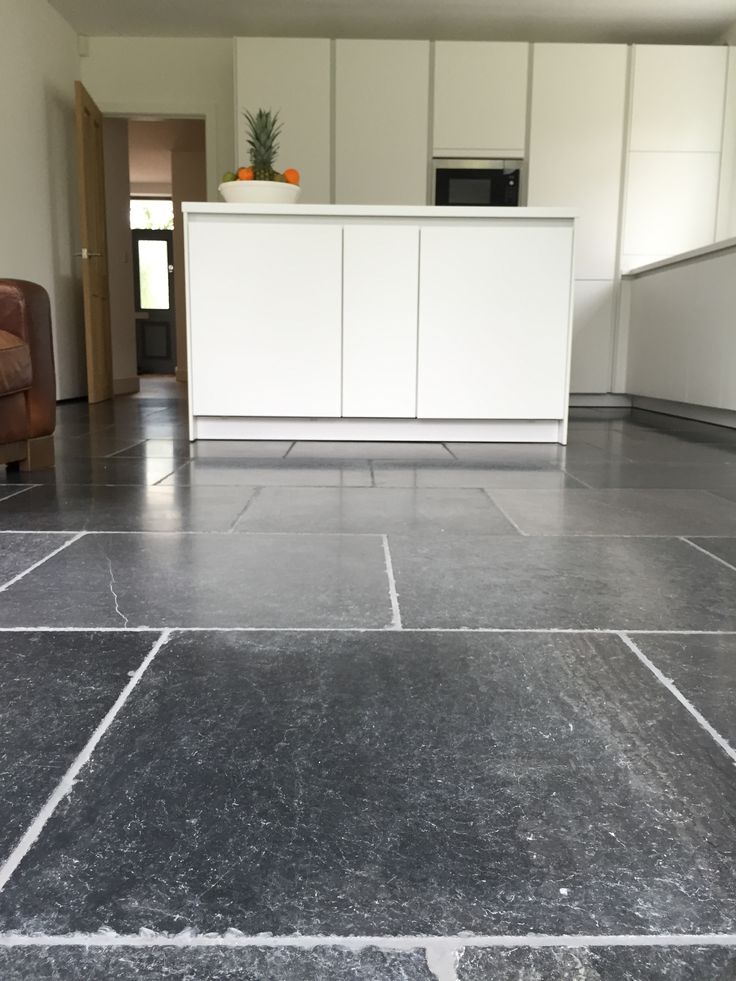 5 mm. Grinding occurs in a rather rigid, uneven manner. Because of this, the color of the stone becomes indistinguishable, uniform. In other words, natural beauty is lost. Due to the low aesthetic performance, stones with a polished surface are most often used for external cladding of steps and floors;
5 mm. Grinding occurs in a rather rigid, uneven manner. Because of this, the color of the stone becomes indistinguishable, uniform. In other words, natural beauty is lost. Due to the low aesthetic performance, stones with a polished surface are most often used for external cladding of steps and floors; - Artificially aged - a unique processing method allows you to achieve very interesting color schemes. Soft, porous rocks of marble are exposed to artificial aging. As a result, its surface acquires incredible shades and becomes more elegant. Such material is usually used as decorative inserts;
- Sandblasting is the best way to achieve a wear-resistant, non-slip surface. At the same time, even with the appearance of scratches, they are almost invisible. That is why this practical method has gained the greatest popularity.
11. Natural stone format for flooring
Depending on the size and shape of the stone, the following types of supplies are distinguished:
- Stone tiles have a regular geometric shape and a smooth surface.
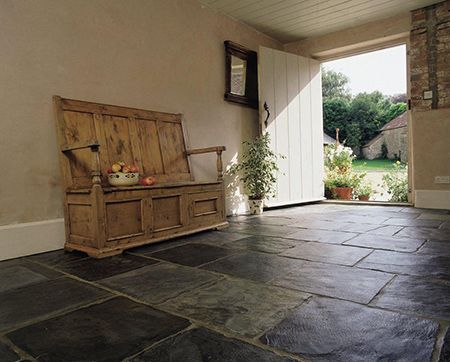 The dimensions of the plates can be as standard - 30x30, 40x40, 45x45, etc. - and have individual sizes. Please note that it is customary to use 10 mm thick slabs for wall cladding, while it is better to use 20 or 30 mm elements as flooring;
The dimensions of the plates can be as standard - 30x30, 40x40, 45x45, etc. - and have individual sizes. Please note that it is customary to use 10 mm thick slabs for wall cladding, while it is better to use 20 or 30 mm elements as flooring; - Stone slabs - are solid slabs of large size and irregular shape, cut from solid blocks of stone. Laying such material is quite complicated and requires a clear fit. After laying the floor surface is ground and polished. But it is from slabs that it is possible to lay out the most expressive and unusual floor;
- Stone mosaic - small stone tiles. Their shape can be either straight or asymmetrical. The thickness lies in the range from 4 to 10 mm. Ready-made modules 20 × 20 cm in size are formed from small fragments, which makes the installation process a little easier. However, this is still a very painstaking and time-consuming task.
With the help of specialists, you can lay the floor out of any type of stone, depending on your financial capabilities and preferences.
12. Stone flooring in various rooms
Stone flooring is a completely independent element that can become a key feature of the entire interior. However, despite this, there are rooms where it is simply not practical to do this . This is a children's room. Even with the arrangement of a warm floor, this is not a very good solution. The stone is very hard and traumatic for a child. And if you want to solve this problem with a large soft carpet, then what is the point of stone trim if it is not visible? In the rest of the rooms you have complete freedom of action.
- For living room , woods that are more saturated in color with a pronounced pattern are better suited. Pay attention to marble, granite, onyx or serpentine. Also a great option would be a stone mosaic floor or polished slabs. Do not forget about the overall color scheme of the room and the style of its design;
- For hallway more restrained and calm shades and textures are suitable.
 Light, plain floors made of stone slabs will look noble;
Light, plain floors made of stone slabs will look noble; - In kitchen , you should focus on the color of the kitchen set, which occupies the vast majority of the area. If it is bright and saturated, with glossy facades, then the floor should be matte, neutral, and vice versa;
- For the bathroom of the room, light-coloured rocks are best suited, on which soap drops will be less visible. Be sure to choose a stone with an anti-slip surface;
- To equip the stone floor in bedroom or not is a purely individual matter. But we can say that the recreation area involves the use of softer and warmer materials.
13. Artificial stone as a more affordable facing material
Due to its high cost, not everyone can afford natural stone finishing. But this is not a reason to give up your desires. Today you can find an artificial substitute, which is in no way inferior, and sometimes even surpasses the natural material in terms of characteristics. The main advantages of include:
The main advantages of include:
- More affordable cost;
- Lighter weight;
- Easy assembly and handling;
- More convenient transportation.
Facing with artificial stone is carried out in the same way as with ordinary ceramic tiles - using an adhesive mixture. The finished surface is repairable.
Depending on the composition and method of application, three main groups of the substitute are distinguished.
Porcelain stoneware
This material is produced by vibropressing under high pressure. At his Composition includes the following materials:
- Several grades of clay;
- Feldspar;
- Mineral additives;
- Pigment.
We can say that porcelain stoneware is closer to ceramics or glass, but not to stone. It has very high surface hardness, so processing and cutting it at home is very difficult. Not all tile cutters can handle this task. Therefore, it is often necessary to perform the adjustment with a manual grinder. Porcelain stoneware can have a matte or glazed surface. The last one has to be careful. Although it is heavy-duty, it is subject to chipping of the decorative layer. Porcelain stoneware is frost-resistant and very durable material.
Not all tile cutters can handle this task. Therefore, it is often necessary to perform the adjustment with a manual grinder. Porcelain stoneware can have a matte or glazed surface. The last one has to be careful. Although it is heavy-duty, it is subject to chipping of the decorative layer. Porcelain stoneware is frost-resistant and very durable material.
Agglomerates
This is a group of materials that are made from polyester resin, quartz sand, marble chips, limestone, granite chips and color additives. Such an artificial stone has an incredibly diverse color palette and can imitate expensive rocks. Such as onyx, malachite, lapis lazuli, marble. However, the strength will be much higher. Agglomerates are able to withstand high sub-zero temperatures, have good bending and compressive strength.
Exposure to direct sunlight is detrimental to them. And the degree of abrasion is much lower than that of natural rocks. In addition, liquids containing acids in their composition can leave permanent stains on the surface.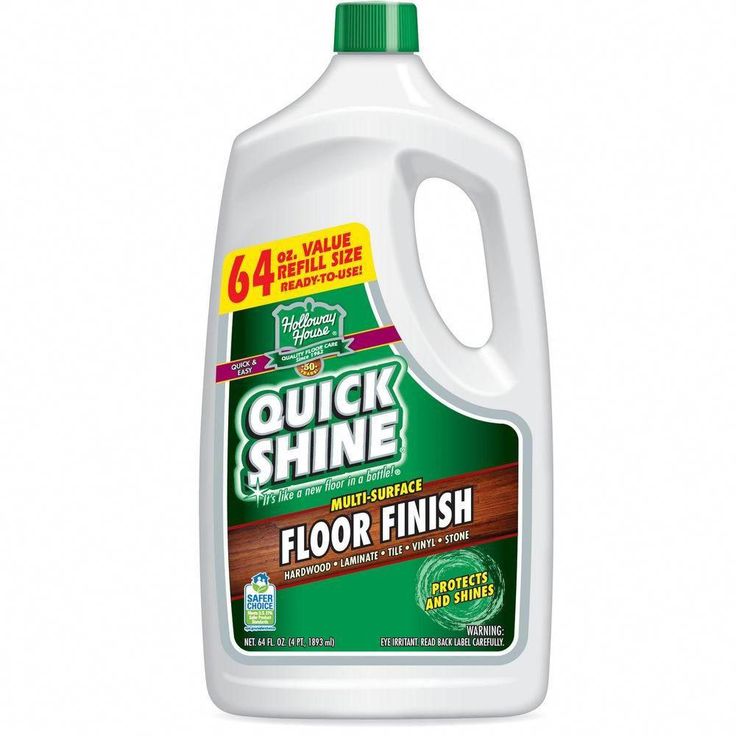 Also, agglomerates are not suitable for laying over underfloor heating. Polyester resin in their composition, when heated, begins to release harmful substances. Agglomerates specially designed for flooring are most often made from stone chips and a cement binder. The vibrocompaction method allows you to get a coating that is much harder than natural stone.
Also, agglomerates are not suitable for laying over underfloor heating. Polyester resin in their composition, when heated, begins to release harmful substances. Agglomerates specially designed for flooring are most often made from stone chips and a cement binder. The vibrocompaction method allows you to get a coating that is much harder than natural stone.
Artificial stone made of concrete
This is the most common type of substitute, which is made from ordinary cement, sand, fillers in the form of pumice, expanded clay or ceramic chips, plasticizer, reinforcing additives, water-repellent agent and pigment. The resulting material can be used for both interior and exterior decoration.
14. Stone flooring technology
Ideally, stone flooring is best left to the experts. Especially when it comes to some grandiose and complex project. However, if you chose ordinary stone slabs as a coating, then it is quite possible to lay them yourself. The main stages of work are as follows:
The main stages of work are as follows:
- Foundation preparation . This process is responsible and mandatory. The base must be strong, level and clean. It is best to perform a cement screed if the curvature of the floor is decent. To do this, metal beacons are installed along the entire length of the room, which are leveled and fixed with a solution. Then, between the beacons, the finished screed is poured and leveled with the help of the rule. Please note that immediately after hardening it is impossible to cover the screed with stone. According to the instructions, it should stand for a while;
- When your floor is level, it needs to be carefully primed and free of dust;
- Now you can pre-lay out the stone slabs on the floor and immediately mark the cutting points;
- Depending on the breed chosen, fitting can be quite difficult. There are two ways out - or rent a professional cutting machine. What is not desirable to do if you see him for the first time in your life.
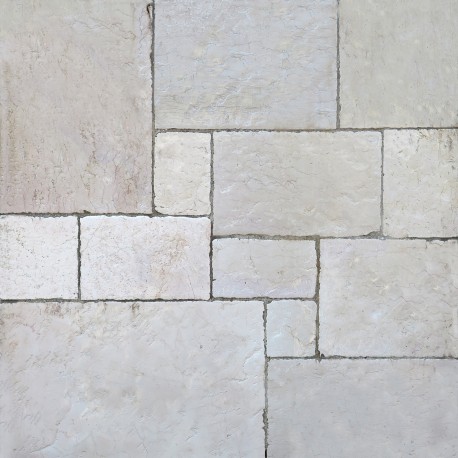 Or take the tiles that need to be trimmed to the appropriate stone processing company;
Or take the tiles that need to be trimmed to the appropriate stone processing company; - When all the tiles are ready for laying, you can start mixing the adhesive mixture. Here you need to be careful. Wrong choice of adhesive can lead to permanent discoloration of the tiles! This is especially true for porous materials, which, during drying, can “draw” glue into themselves and acquire a gray tint. Be sure to consult with a specialist about this;
- Further, the technology is similar to laying conventional tiles;
- Stone floors should not be loaded immediately after the adhesive has dried. Give them time to naturally shrink.
15. Stone floor care tips
Stone floors, with proper care and handling, can last more than 50 years. There are no special requirements, but you should adhere to the following simple recommendations:
- For cleaning, it is best to use mild detergents that do not contain alkalis, chlorine, acids and abrasives;
- Never rub any stains with a steel wool in an attempt to remove them;
- It is best to wash the floor with warm soapy water, then rinse with clean warm water and wipe dry with a soft cloth;
- If a coloring or aggressive liquid gets on the floor, immediately remove it with a damp washcloth;
- No need to drag or knock furniture over the stone floor.
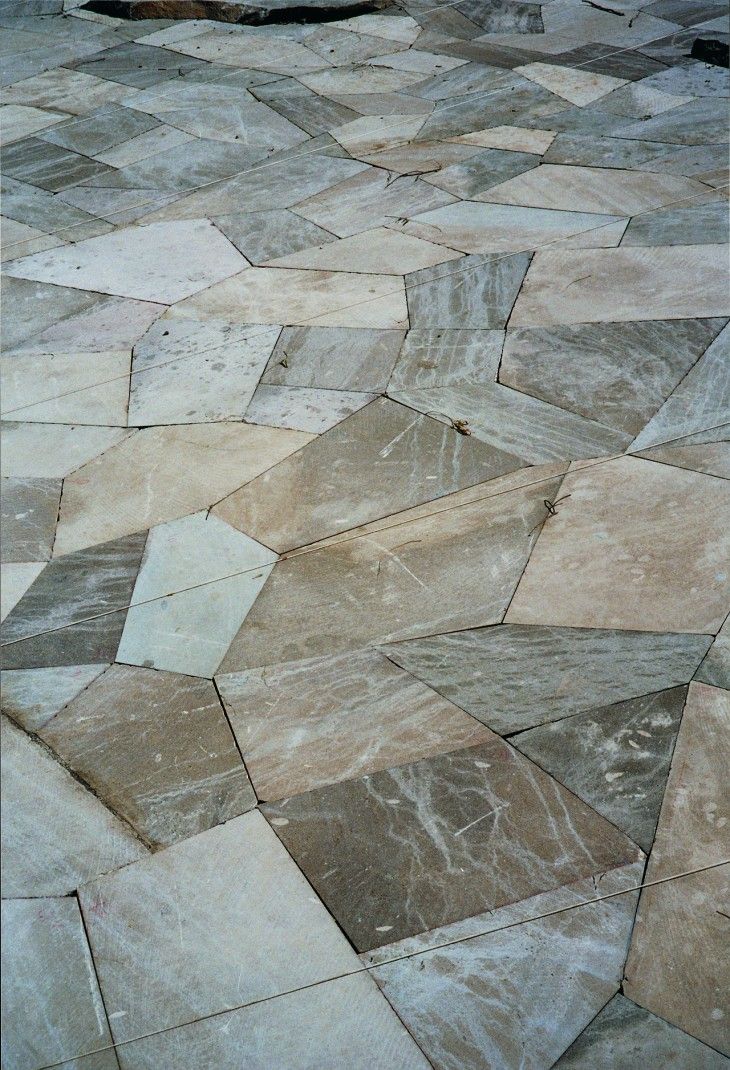
Learn more


